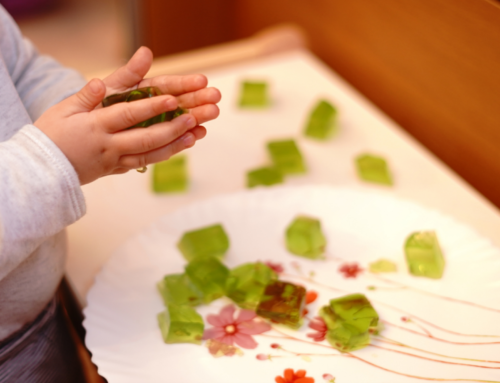Choosing to leave your children in the care of others can be a daunting venture. We want to be sure they’ll be loved, cared for and supported as they continue to explore, learn and grow. To this end, it can be helpful to have an understanding how children develop ‘attachments’ with the caregivers and adults in their lives.


What is ‘attachment’?
The quality of the relationships children have with the adults in their lives helps to lay the foundation for their later social, emotional and cognitive development. Attachment describes the unique relationship child and caregiver and the quality of that attachment is linked with consistently, accurately and reliably the caregiver responds to the child’s needs.
A child’s first attachment figure is typically their mother and/or father. These relationship helps form the basis of what the child will learn to expect from all other relationships. Beyond the relationship between parent and child, our little ones also form strong and healthy relationships with secondary attachment figures. This can be grandparents, early childhood educators and even, as they get older, teachers.
How do the educators at Little Locals for secure attachments with young children?
In early childhood, it’s particularly important that children know they have someone who will provide care (e.g. feeding, playing, comfort) and protection on a predictable basis. Educators build and shape relationships with the children in their care by taking responsibility for improving relationships and encouraging positive interactions.
A child develops secure and healthy attachments when their caregiver is available and responsive to their needs. This allows them to feel a sense of security and safety in that person’s presence. You may notice that your child has a favourite educator, this is likely the person that your child has developed a special bond or ‘attachment’ with them and feels safe and secure in their presence.
Educators tailor their interactions to suit individual children, reading and responding to their signals, and being ‘emotional available’. This means they’re sensitive and responsive to children’s needs and help a child make sense of their emotions and cope with life’s challenges.
What does Little Locals do to further support attachment?
At Little Locals, educators connect with families to learn about each child and support the development of secure attachments. For example, an educator might mirror home routines around soothing (e.g. how they fall to sleep) or feeding, so that new experiences can feel more familiar to our little ones.
Routines are also a great way to help support attachment. When children feel that their environment is safe and predictable, they are more able to trust that the adults in that environment are too. Across each room at Little Locals, the educators and children follow a predictable routine or rhythm each day. This allows children to know what’s coming next, giving them a sense of control and agency.
Educators also make sure to model regulated behaviours that help children learn what’s expected of them, and they respond in a calm, consistent, predictable and supportive way in different situations.
Why does it matter?
Children who have healthy and secure attachments with multiple caring and responsive adults fare well. The research shows that a child’s attachment and connection with an adult is unique to that particular relationship. In other words, a parent’s attachment relationship isn’t affected by whether or not they are cared for by another. Your relationship with your child is influenced by YOUR relationship with them.
Secure attachment relationships with parents and carers can be so beneficial for a child’s later development and help to influence their transitions to other childcare environments, kindy, prep and school.
All in all, quality educators provide much more than just a shoulder to cry on. They carefully and consistently build secure attachments with children, and help our little ones to feel safe and cared for.
Source: https://www.scienceminded.org/
References: Barth, Crea, John, Thoburn & Quinton (2005); Dozier & Rutter (2008); Zilberstein (2006); Cassidy (2008)





Social Contact